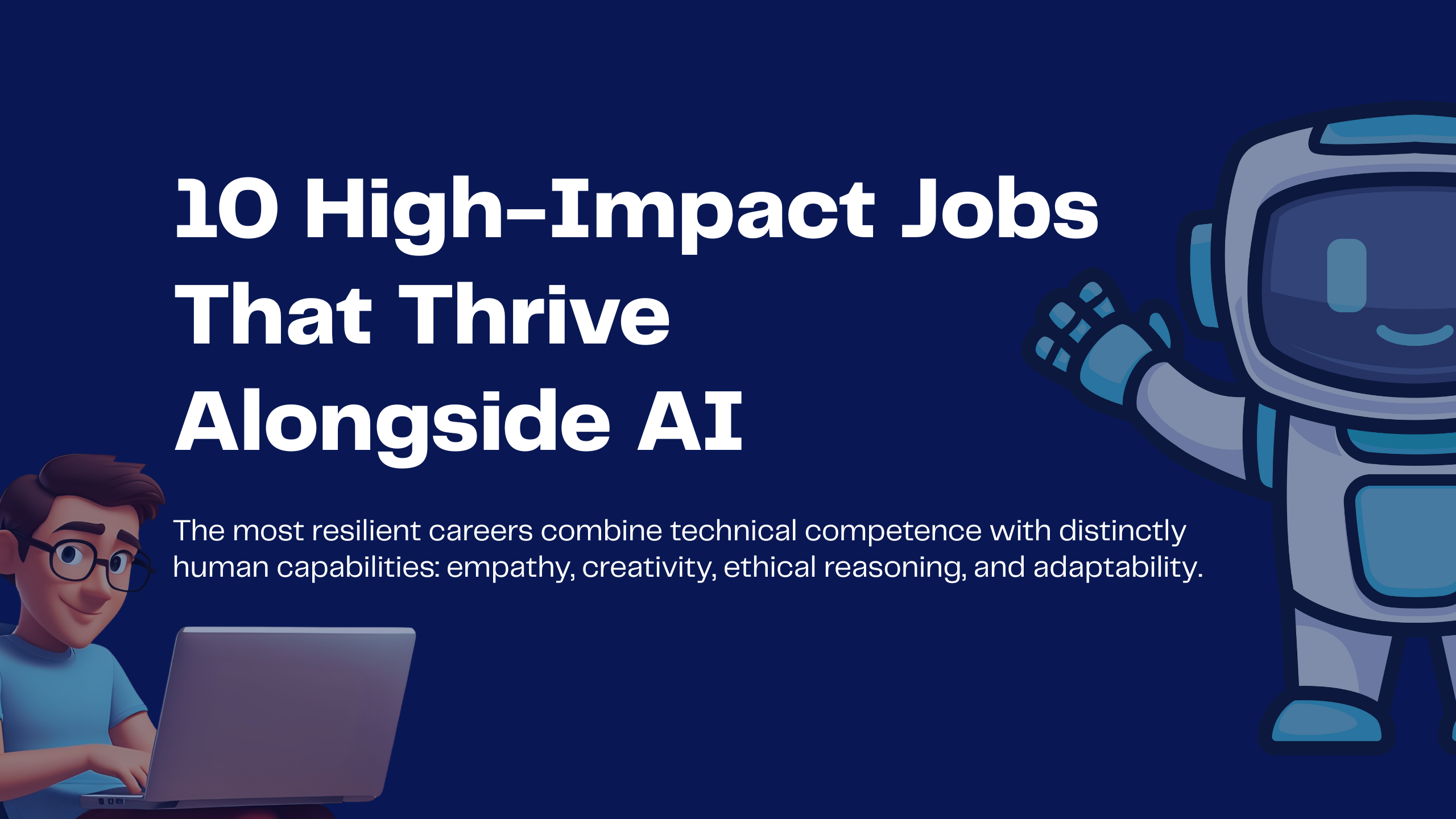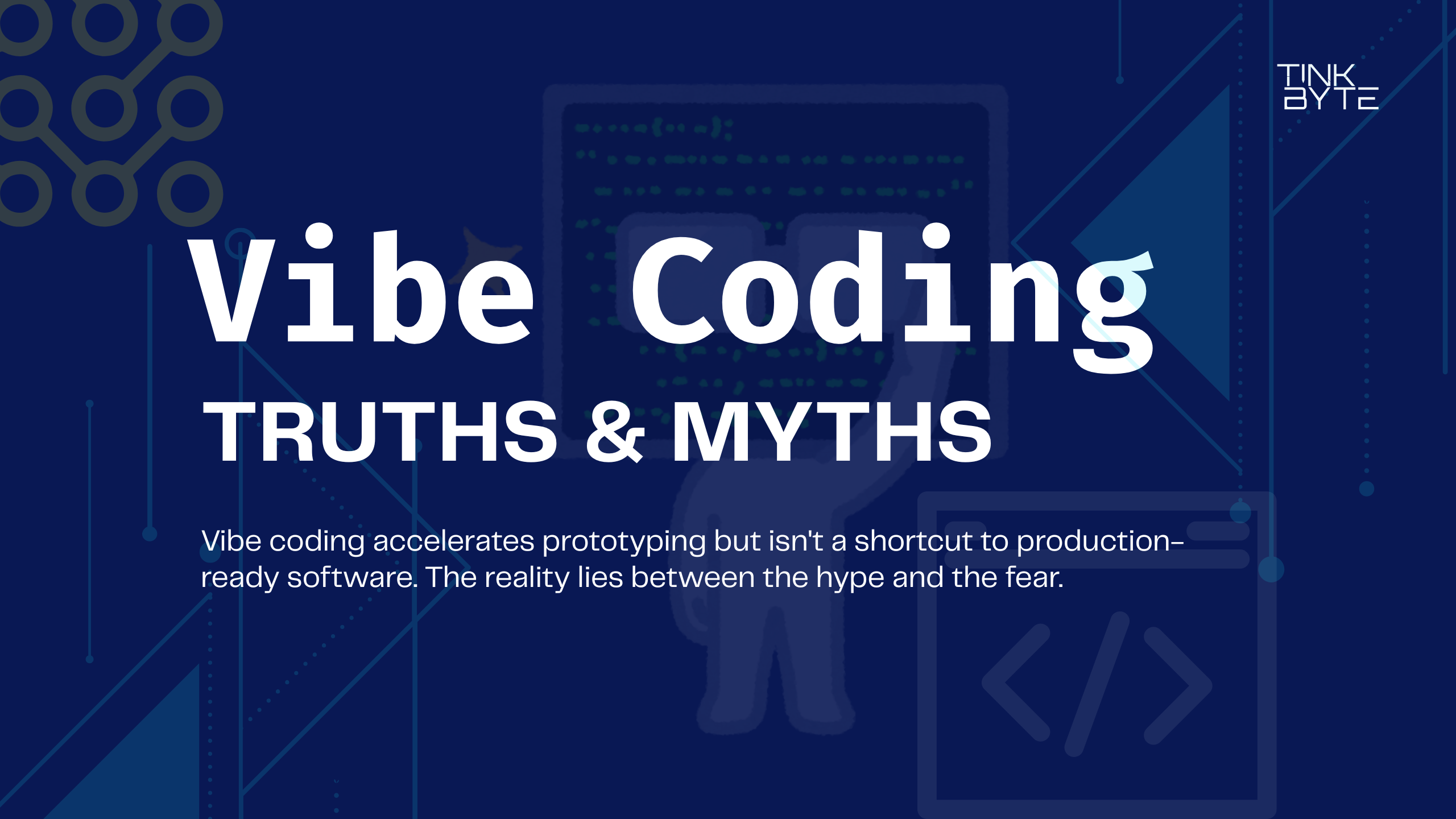The Art of Failing Forward: Why Your Next Mistake Might Be Your Best Feature
Most product teams treat failure like a dirty secret. They hide it, minimize it, or worse they avoid it entirely. But here’s what separates products that change markets from those that collect dust: the willingness to fail intelligently and iterate relentlessly.
The Hidden Cost of Playing It Safe
When Instagram launched, it was called Burbn a location-based check-in app with photo sharing as a side feature. The founders spent months perfecting the check-in functionality while users completely ignored it. They were failing, but they weren’t paying attention to how they were failing.
The breakthrough came when they noticed users only engaged with one feature: photo sharing. Instead of doubling down on their original vision, they stripped away everything else and rebuilt around photos. Instagram was born from intelligent failure analysis.
The Iteration Reality
Building Your Failure Framework
Smart failure isn’t about hoping things go wrong it’s about creating systematic approaches to learning from what doesn’t work.
The 70-20-10 Iteration Budget
Allocate your development capacity with failure in mind:
- 70% Planned Features: Core functionality you’re confident about
- 20% Iteration Cycles: Improving existing features based on user feedback
- 10% Experiment Budget: Tests that might completely fail but could teach you everything
This isn’t just resource allocation it’s permission to fail strategically. When Spotify dedicates 10% of their development time to “hack weeks,” they’re not gambling. They’re systematically exploring failure to find breakthrough features.
The Weekly Failure Retrospective
// Track failures like features
const weeklyFailureLog = {
hypothesis: 'Users want advanced filtering options',
experiment: 'Added 12 filter categories to search',
duration: '2 weeks',
result: 'Usage dropped 15%, support tickets increased 40%',
insight: 'Users want smart defaults, not more options',
nextIteration: 'Build AI-powered search suggestions',
confidenceLevel: 'High - backed by usage data and user interviews'
};Make failure visible and valuable. Teams that celebrate intelligent failures learn faster than teams that only celebrate successes.
The Shipping Paradox: Broken Things That Work
The 80% Shipping Rule in Action
Buffer’s first version was a simple landing page with fake pricing buttons. When people clicked “Buy Now,” they got a message saying “We’re not ready yet, but thanks for your interest!” This “broken” product validated their core assumption about demand before they wrote a single line of actual product code.
The lesson: ship things that solve core problems imperfectly rather than peripheral problems perfectly.
Real Examples of Productive Brokenness
Twitter’s 140-character limit started as a technical constraint from SMS messaging. What seemed like a limitation became their defining feature. They turned a technical failure into a cultural phenomenon.
Slack’s notification system was initially broken it sent too many notifications and annoyed users. Instead of just fixing it, they studied why people were annoyed and built sophisticated notification intelligence that became a competitive advantage.
"If you're not embarrassed by the first version of your product, you've launched too late."
The Iteration Engine: Speed Beats Perfection
Compressed Learning Cycles
The fastest-growing product teams operate on weekly iteration cycles:
Monday: Define one testable hypothesis Tuesday-Thursday: Build minimum viable test Friday: Ship to limited user group Following Monday: Analyze results and plan next iteration
Figma follows this pattern religiously. They ship small changes weekly rather than major updates quarterly. This approach helped them overtake Adobe’s decade-long market dominance in just five years.
Measuring Learning Velocity
Metrics That Drive Iteration
Overcoming Perfectionist Paralysis
The Feedback Fast Track
Airbnb’s founders spent months building a perfect booking system. When they finally launched, they discovered users were more concerned about trust and safety than booking flow elegance. Three months of “perfect” development taught them less than one week of real user feedback.
The pattern repeats across successful products: real user feedback in one week beats theoretical user research in six months.
Building Shipping Momentum
Culture Shift
Case Studies: When Failure Becomes Features
The Messaging App That Embraced Delays
A startup built a messaging app with a persistent 2-3 second delay in message delivery a clear technical failure. Instead of immediately fixing it, they noticed something interesting: users reported more thoughtful conversations and less anxiety around instant responses.
They turned the bug into “Mindful Messaging” a feature that intentionally adds thinking time to conversations. The app now has 2 million users who specifically choose it for this “failure-turned-feature.”
The Budgeting Tool That Learned to Subtract
A fintech company built a comprehensive budgeting platform with 47 different features. Usage was terrible. Instead of adding more features, they stripped it down to just spending alerts one simple notification when users approached their limits.
Engagement increased 400%. They learned users wanted awareness, not control. The “failed” comprehensive tool taught them to build the right simple tool.
The Search Function That Couldn’t Search
An e-commerce platform’s search function was broken it couldn’t handle complex queries and often returned irrelevant results. Instead of building a better search engine, they analyzed what users were actually trying to find.
They discovered 80% of searches were for three categories. They replaced the search bar with smart category suggestions. Conversion rates doubled. The broken search taught them users don’t want to search they want to find.
Your Iteration Toolkit
The Five-Question Framework
Before every iteration, ask:
- What specific assumption are we testing? (Not “will users like this” but “will users use this to solve problem X”)
- What’s the smallest possible test? (Can we test this with 10 users instead of 100?)
- How will we recognize failure? (Define failure metrics before you start)
- What happens if we’re wrong? (Plan your next iteration for failure scenarios)
- What happens if we’re right? (Plan your scaling strategy for success scenarios)
The Iteration Checklist
## Pre-Iteration Planning
- [ ] Hypothesis clearly stated and measurable
- [ ] Success criteria defined (specific metrics)
- [ ] Failure criteria defined (when to pivot)
- [ ] Minimum viable test designed
- [ ] User feedback collection method ready
- [ ] Timeline set (recommend 1-2 weeks max)
## Post-Iteration Review
- [ ] Results documented with actual data
- [ ] Key insights extracted and shared
- [ ] Next hypothesis formed based on learnings
- [ ] Iteration cycle time measured and tracked
- [ ] Team retrospective completed
- [ ] Decision made: iterate, pivot, or scaleThe Compound Effect of Smart Iteration
Teams that master fail-iterate-ship cycles don’t just build better products they develop superior product intuition. Each iteration compounds your understanding of users, markets, and solutions.
After 50 iterations, you’re not just 50 times more experienced you’re exponentially better at predicting what will work. This is why startups can outmaneuver established companies: they iterate faster and learn quicker.
Starting Your Iteration Practice
This Week: Pick one feature assumption you’re unsure about Next Week: Build the smallest possible test for that assumption Week 3: Ship it to 10-20 real users Week 4: Analyze feedback and plan your next iteration
The goal isn’t to avoid failure it’s to fail faster, learn quicker, and ship smarter than your competition.
The best product teams aren’t the ones that never fail they’re the ones that turn failures into features and mistakes into market advantages.
Your next failure might be your next breakthrough. The question isn’t whether you’ll fail it’s whether you’ll fail forward fast enough to win.





No comments yet
Be the first to share your thoughts on this article.
Delete Comment
Are you sure you want to delete this comment? This action cannot be undone.
Report Comment
Why are you reporting this comment?